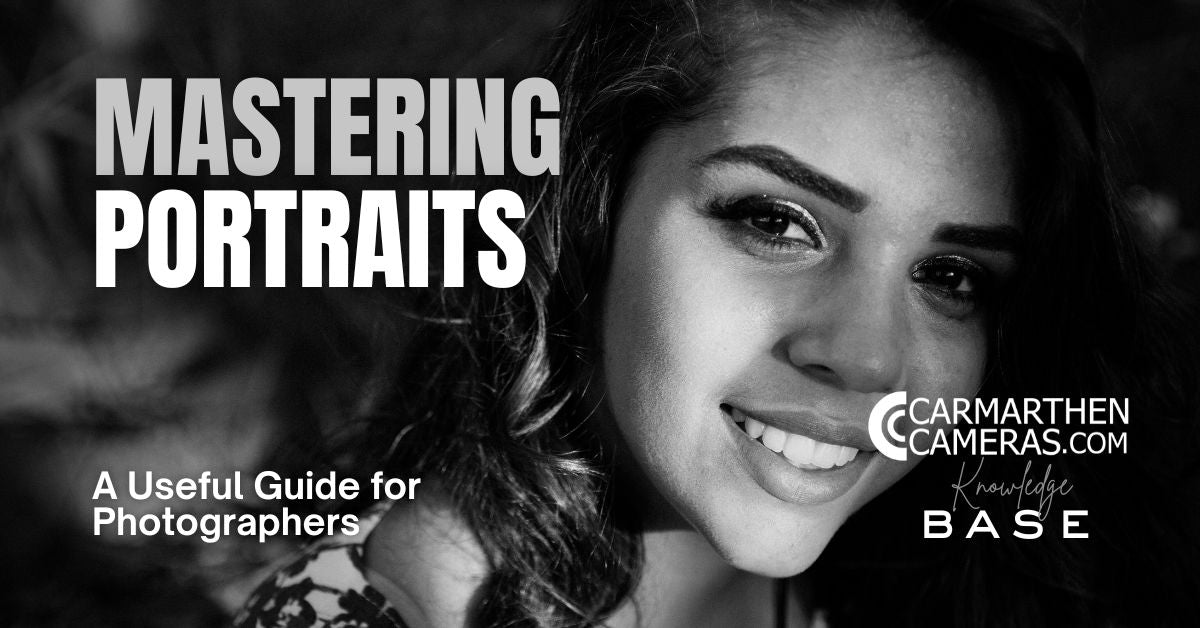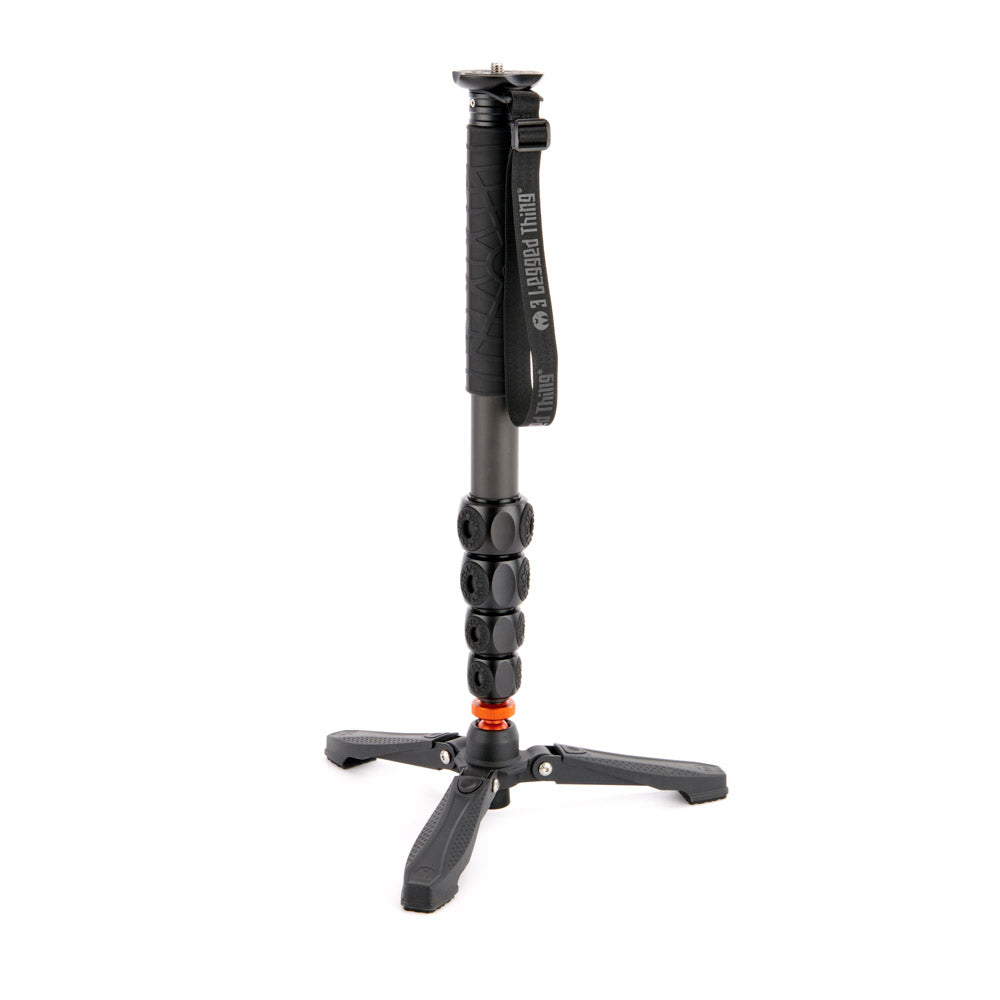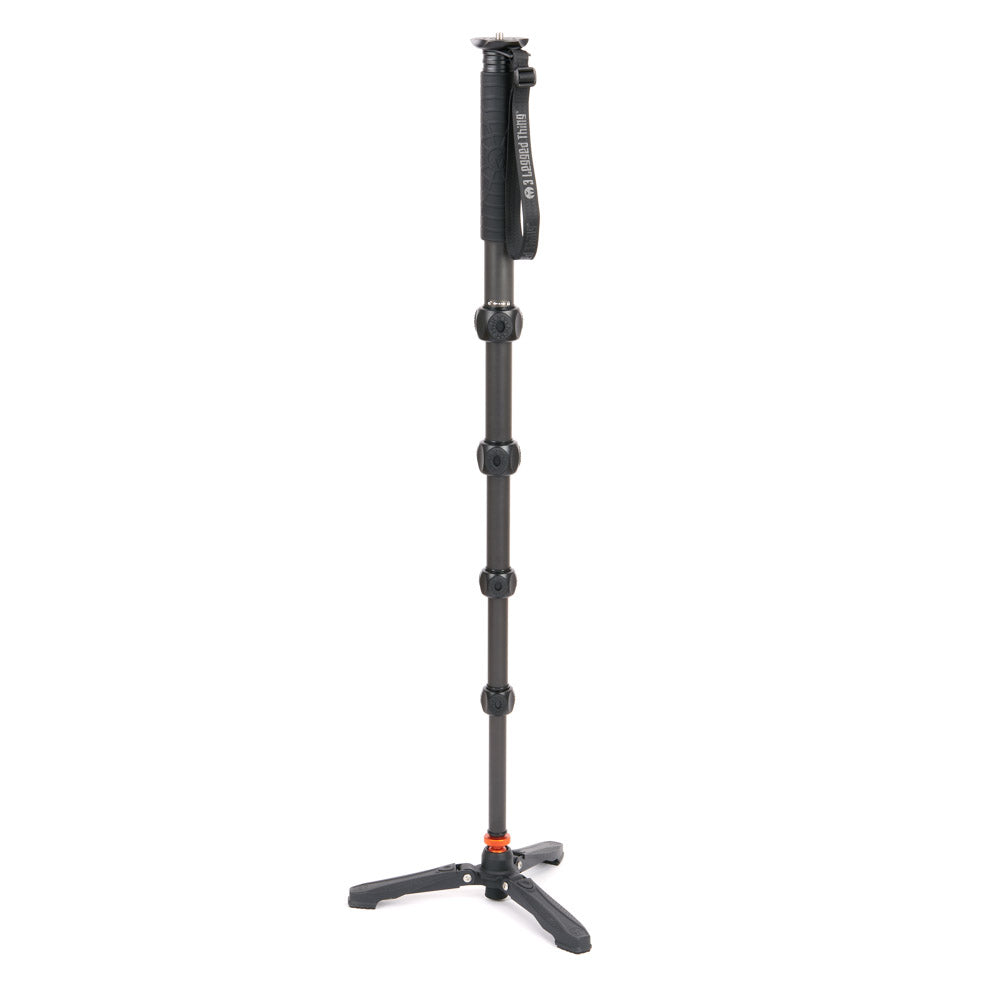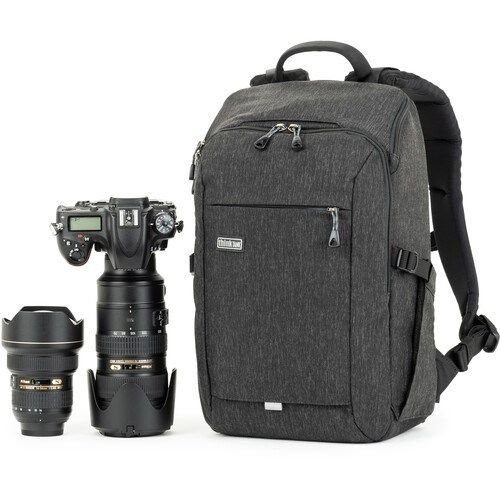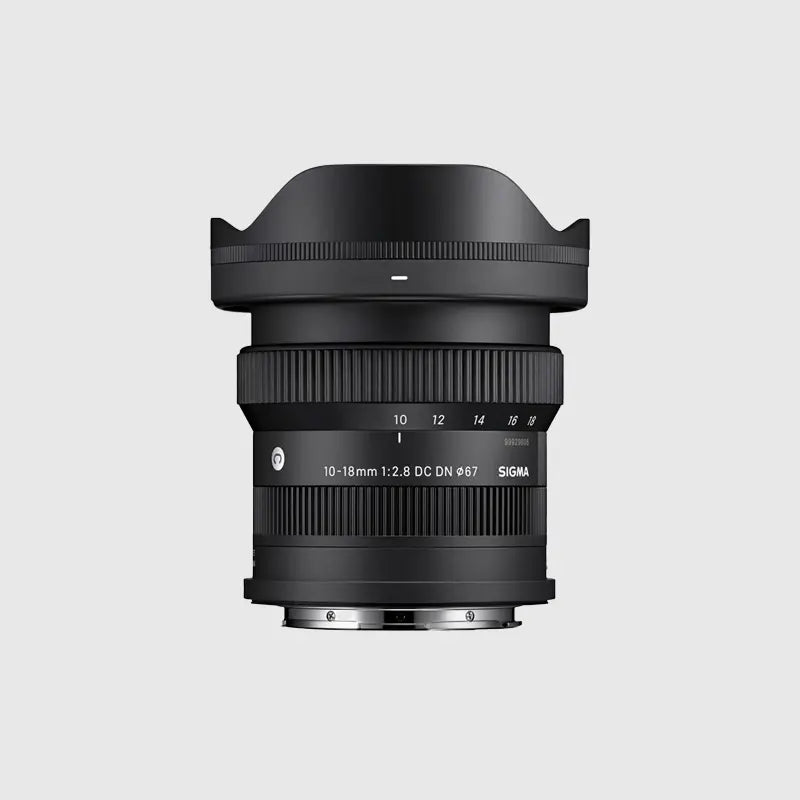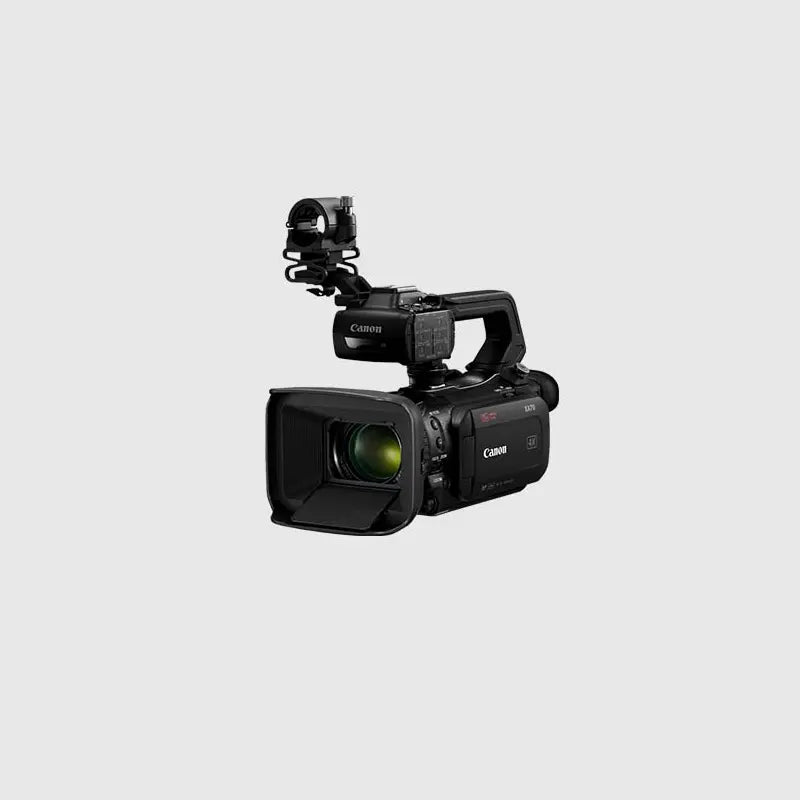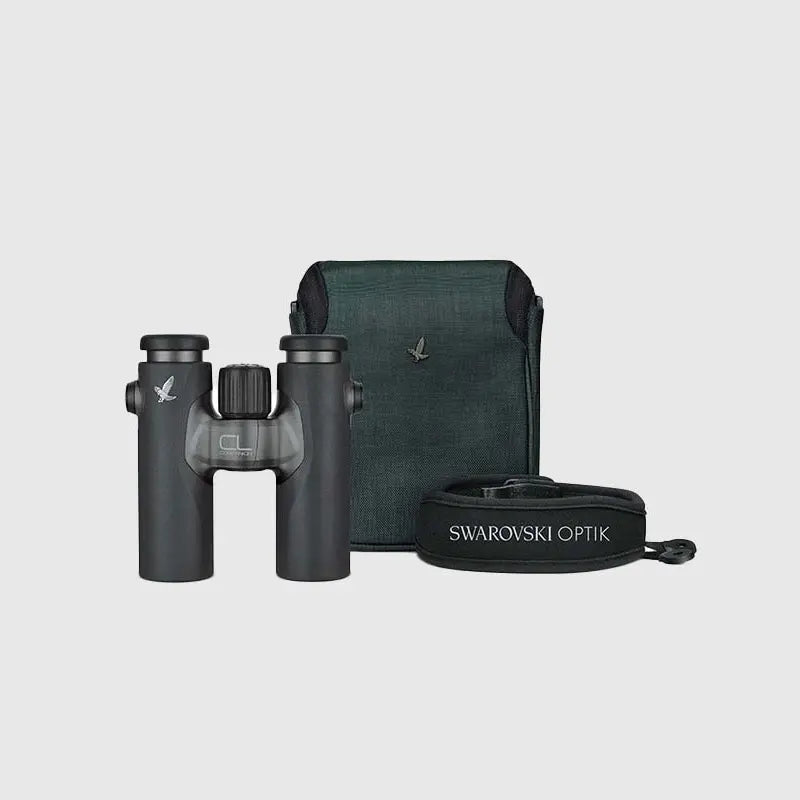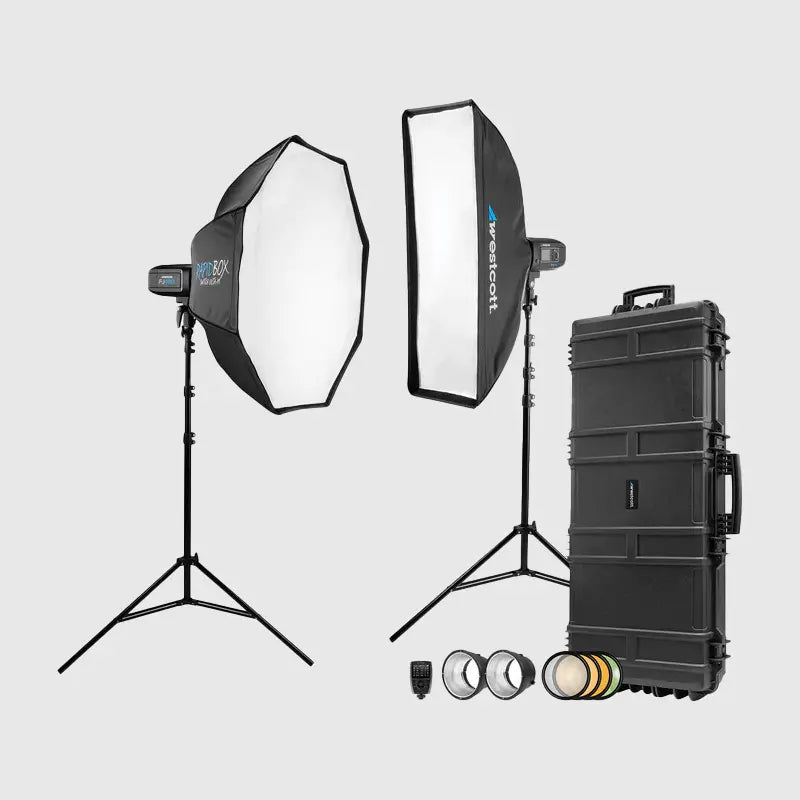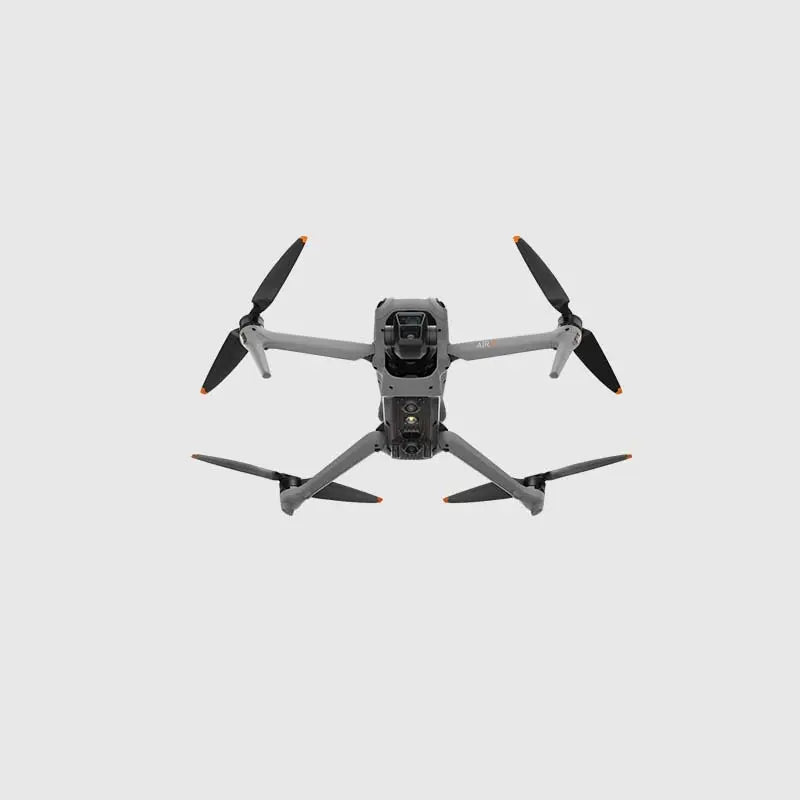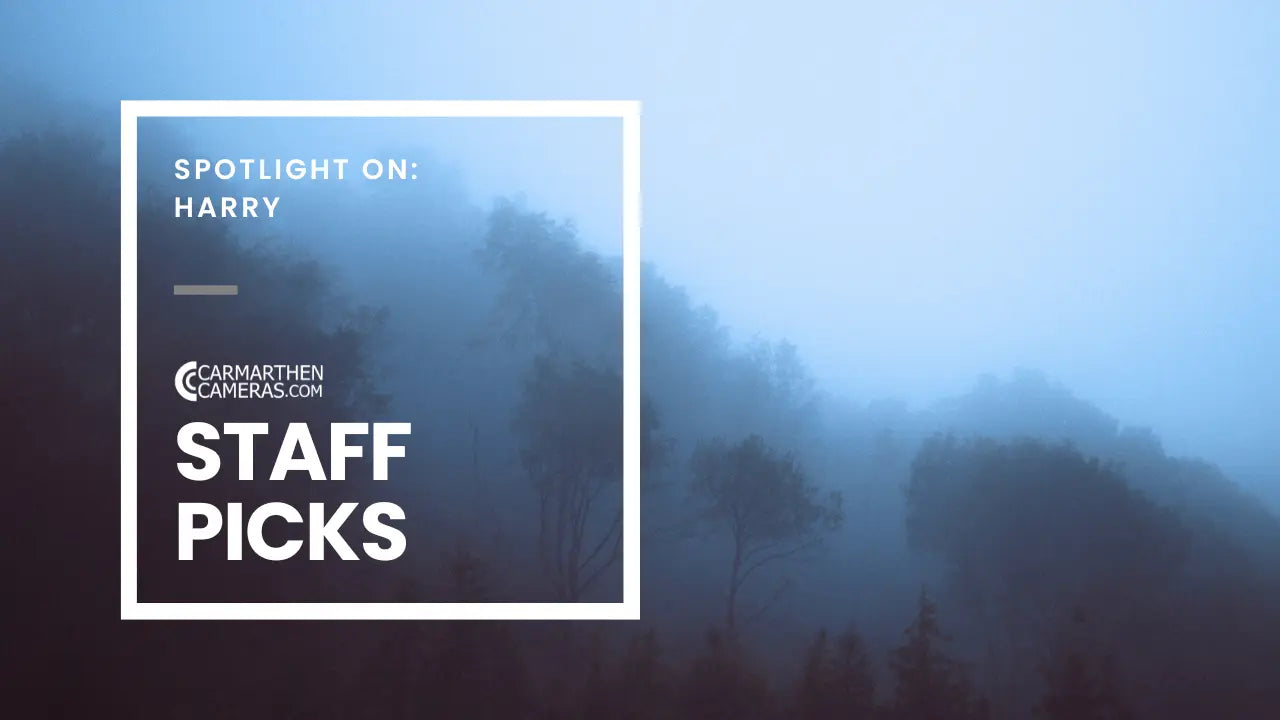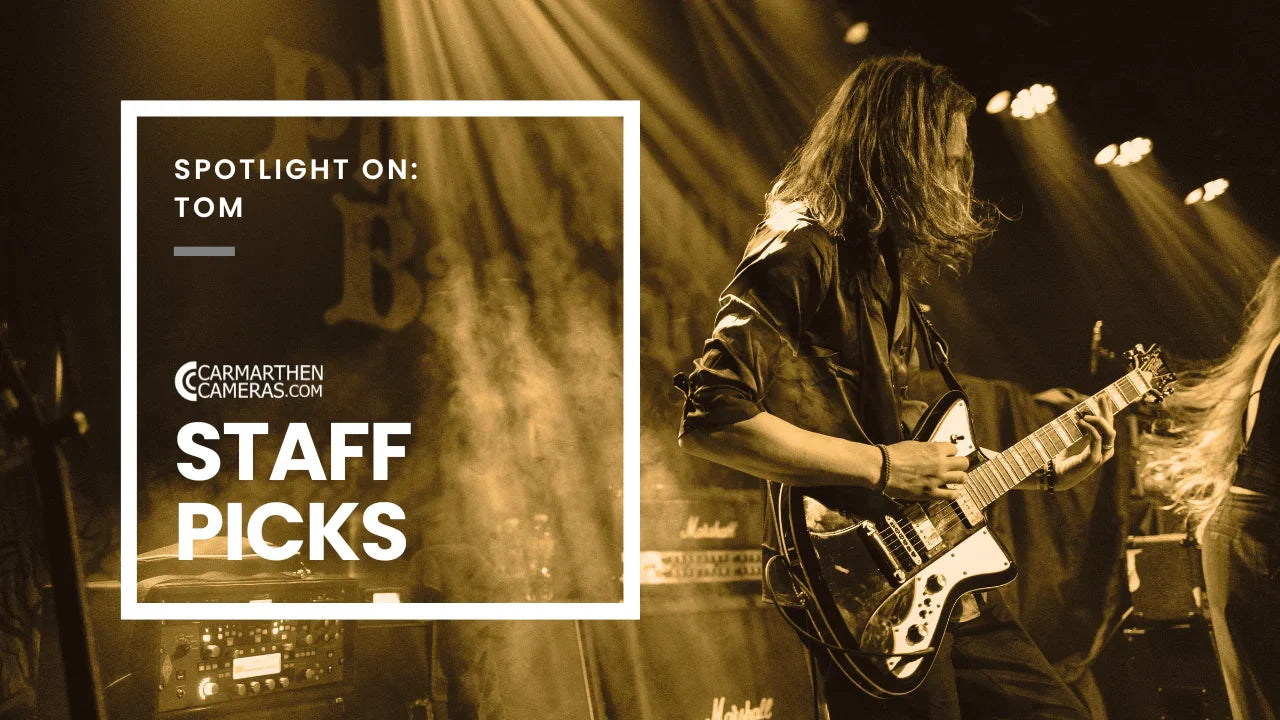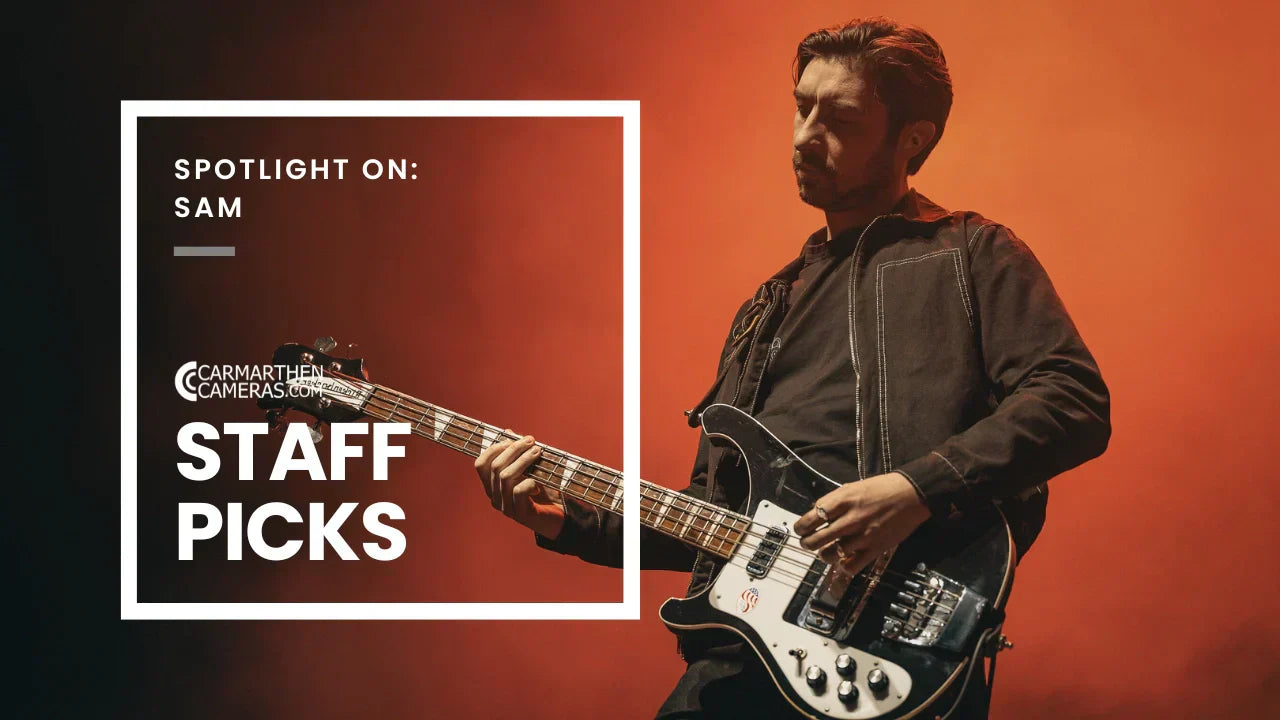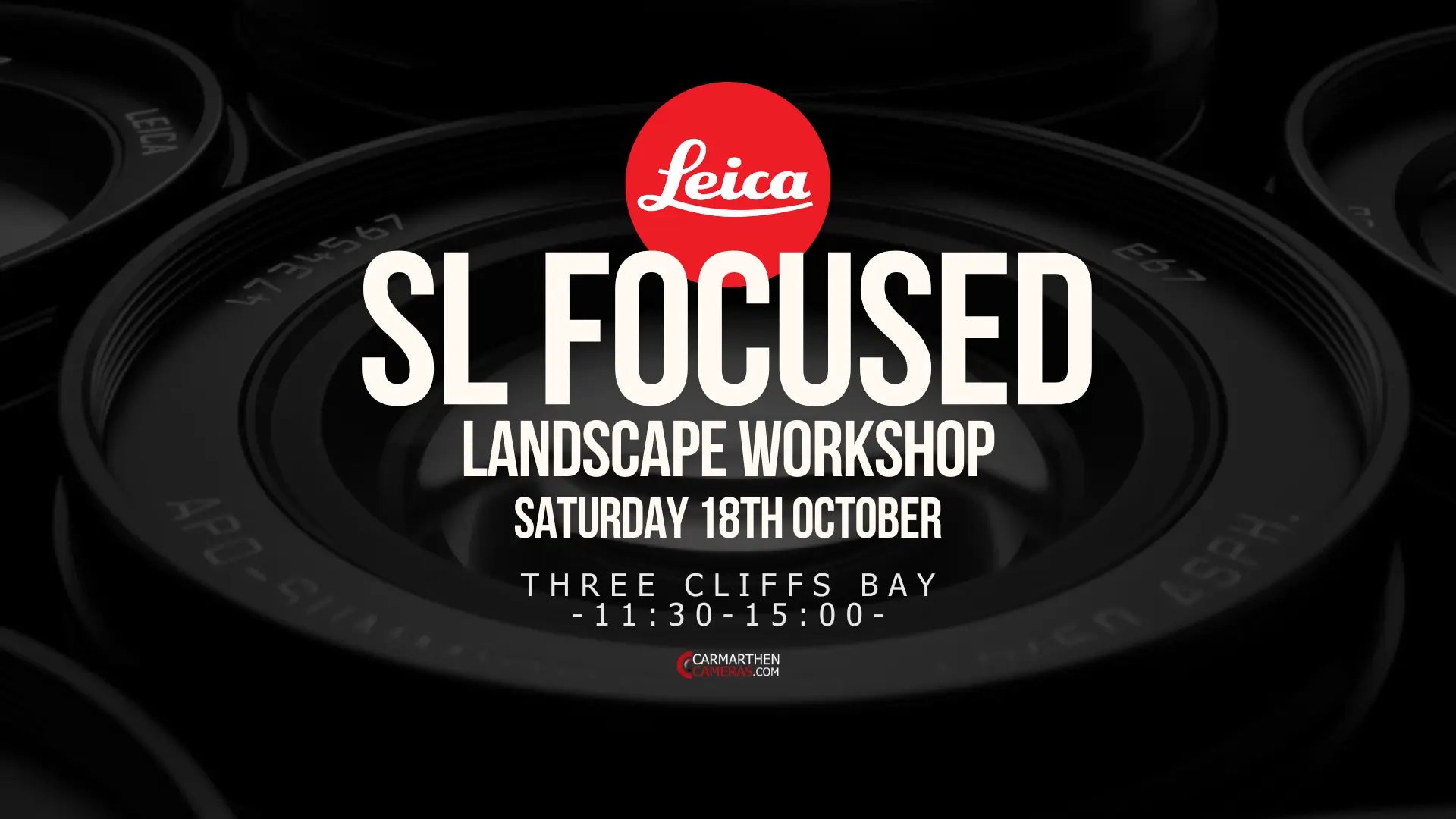Photographing people requires a blend of technical skill, creativity, and an ability to connect with your subject. Whether you're shooting in a controlled studio environment or out in the field, understanding how to work with lighting, composition, and posing is essential to capturing compelling portraits. In this guide, we’ll explore best practices for both studio and location photography, helping you achieve striking and natural-looking images.

Studio Portrait Photography
Shooting in a studio gives you complete control over lighting, background, and other environmental factors. This allows you to focus entirely on composition, expression, and detail. Here’s how to make the most of your studio sessions:
1. Mastering Studio Lighting
Lighting is the backbone of studio photography. Understanding different lighting setups will allow you to create various moods and styles. Some of the most common studio lighting techniques include:
-
Rembrandt Lighting: A dramatic style where a triangle of light appears on the shadowed cheek.
-
Butterfly Lighting: A flattering setup where a light is placed directly in front of the subject, creating a butterfly-shaped shadow under the nose.
-
Split Lighting: A bold, high-contrast look where one side of the face is illuminated while the other remains in shadow.
-
Loop Lighting: A versatile and natural-looking technique that creates a small shadow beside the nose.

2. Choosing the Right Background
The choice of background plays a crucial role in studio portraits. Solid-coloured backgrounds are great for classic headshots, while textured or coloured backgrounds can add depth and interest. Consider using:
-
Seamless paper rolls for clean, modern looks.
-
Fabric backdrops for softer, artistic portraits.
-
Hand-painted backgrounds to add character and dimension.
3. Posing and Directing Your Subject
A great portrait relies on natural expression and body language. Guide your subject with clear, simple instructions and help them feel comfortable by maintaining a relaxed atmosphere. Encourage movement and small adjustments rather than stiff, unnatural poses.

Outdoor and On-Location Photography
Shooting outside or in an unfamiliar setting presents unique challenges and opportunities. You’ll need to adapt to changing lighting conditions and use your surroundings creatively. Here’s how to make the most of on-location portraits:
1. Working with Natural Light
Outdoor lighting varies throughout the day, so timing is key. The best light for portraits often comes from:
-
Golden Hour: The soft, warm light just after sunrise and before sunset creates beautiful, flattering skin tones.
-
Open Shade: Shooting in shaded areas can help diffuse harsh midday sunlight and reduce unflattering shadows.
-
Backlighting: Positioning your subject with the sun behind them can create stunning rim lighting and depth.
2. Using Reflectors and Diffusers
A reflector can bounce natural light back onto your subject, filling in shadows and enhancing skin tones. Diffusers help soften harsh light, creating a more balanced exposure. Experiment with different reflector colours:
-
White: Provides soft, neutral fill light.
-
Silver: Increases contrast and highlights.
-
Gold: Adds warmth and enhances skin tones.
3. Incorporating the Environment
Unlike a studio, location photography offers endless backdrops. Use elements like architecture, greenery, or urban settings to frame your subject and add context to your images. Be mindful of distracting elements and aim for a background that complements, rather than overpowers, your subject.
4. Capturing Candid Moments
One of the biggest advantages of shooting outside is the ability to capture more natural and spontaneous moments. Encourage movement, interaction with the surroundings, and genuine expressions to create dynamic and engaging portraits.

Photographing Members of the Public: Safety and Privacy Best Practices
When photographing people in public spaces, it’s important to be mindful of ethical considerations, privacy concerns, and local laws. Here’s how to approach it responsibly:
1. Understanding Local Laws and Regulations
Photography laws vary by country and region. In most places, taking photos in public spaces is allowed, but publishing images for commercial use without consent may require permission. Always check local regulations before shooting.
2. Respecting Privacy and Consent
Even if you’re legally allowed to take photos in public, it’s important to respect people’s privacy. If someone asks not to be photographed, honour their request. For portraits or close-up shots, consider asking for verbal or written consent.
3. Being Discreet and Respectful
Avoid intrusive or aggressive shooting techniques, especially in sensitive locations. Using a longer lens can help capture candid moments without invading personal space.
4. Ethical Considerations in Street Photography
Consider the context of your images and how they portray individuals. Avoid capturing people in vulnerable situations without their permission. If your images tell a story, ensure that they are respectful and do not misrepresent the subject.
5. Engaging with Your Subjects
If you wish to take portraits of strangers, engaging in conversation can help build trust. Explain why you’d like to take their photo and how it will be used. Many people appreciate being involved in the process and may even enjoy participating.
Final Thoughts
Whether you’re working in a controlled studio or an unpredictable outdoor setting, the key to great portrait photography lies in mastering light, engaging with your subject, and adapting to your environment. By understanding the principles of lighting, composition, and posing, you can create impactful portraits that capture the personality and essence of your subject in any setting.

